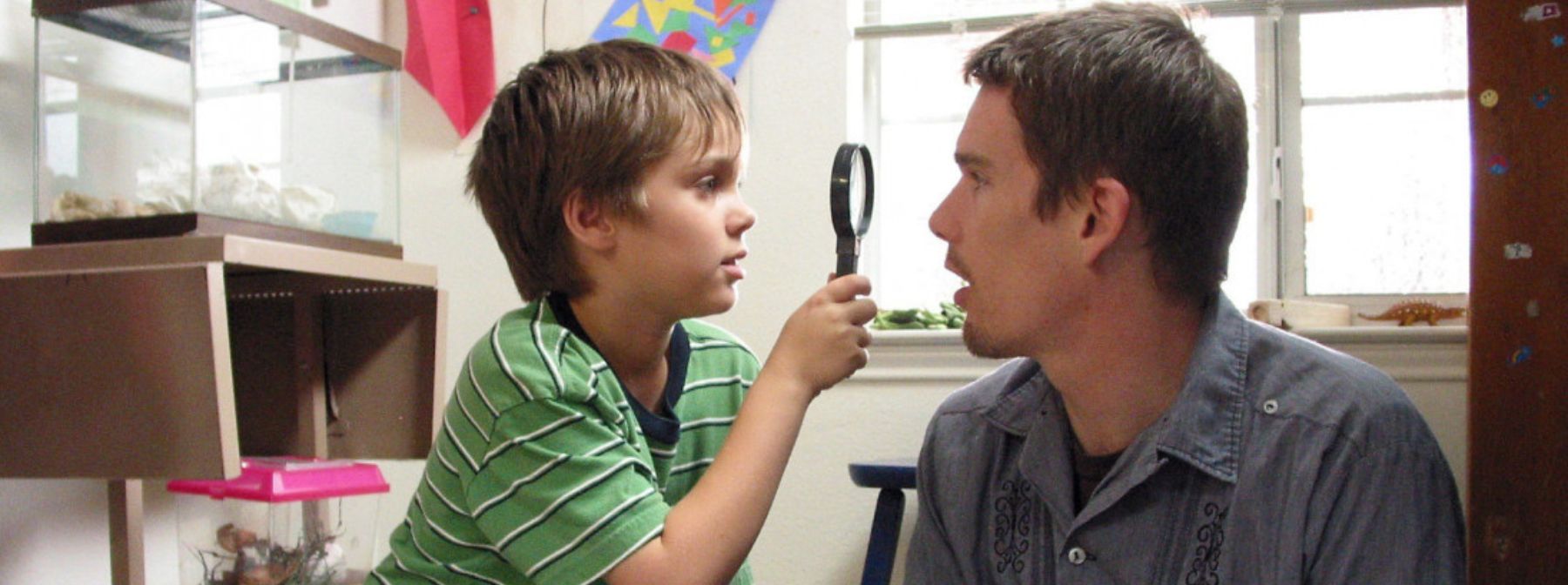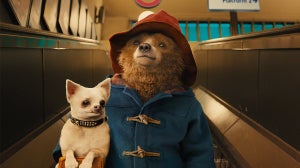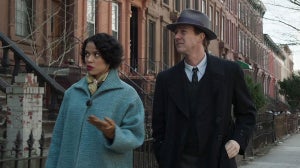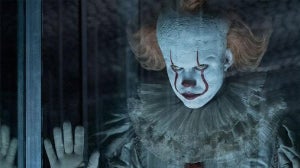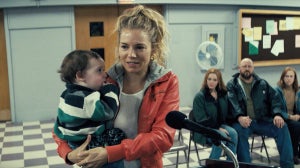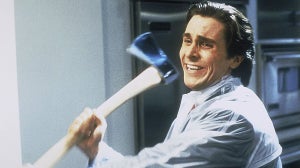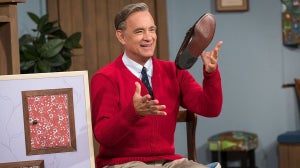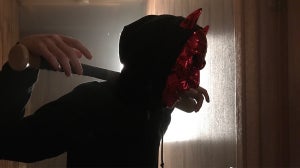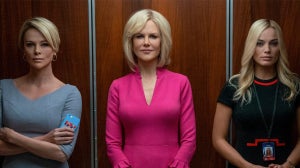
Richard Linklater is a filmmaker who simply cannot be placed into one genre.
Ranging from hybrid rotoscope animation to rock comedies that inspired a generation to discover Led Zeppelin, the Texan born director constantly pushes the boundaries of modern American cinema.

Notably, he possesses a unique ability to observe the quieter moments in his character’s lives that are equally emotionally profound, whilst holding an inherent naturalism that never feels fabricated. Even in a prolific career collaborating with the likes of Jack Black on several occasions, one work stands out above all trilogies or Schools – Boyhood.
Although the film premiered at Sundance in 2014, Linklater’s idea for a twelve-year production focusing on one family commenced in 2002. Conjoined with the director’s exploration of cinematic time, as uncovered in the 90’s in Before Sunrise and expanded throughout Before Sunrise and Before Midnight in later years, the premise of Boyhood pulls together a key theme from the first of the Before series; the inexorable passage of time.
Fleshing out the premise across a prolonged duration of time, away from a 90-minute feature, allows the director’s seminal film to become a universal work that transcends borders and languages to reflect the eternal tensions between growing up and ageing.
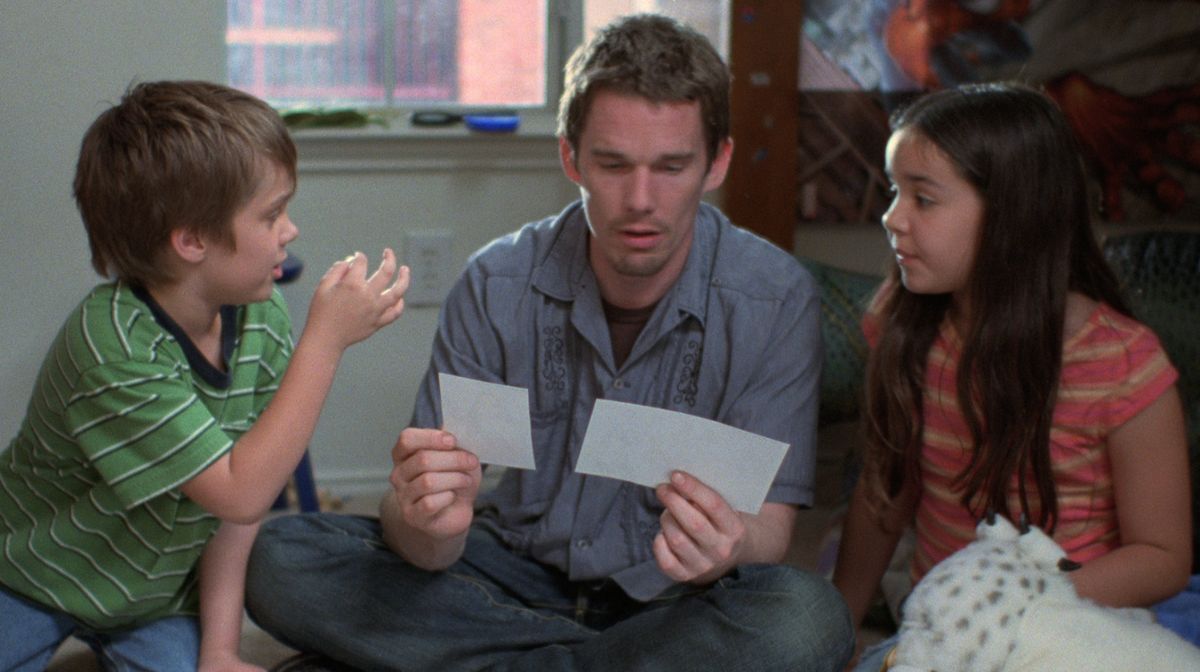
To six-year-old Mason (Ellar Coltrane), their mom (Patricia Arquette) and sister Samantha (Lorelei Linklater) are part of the fabric of their everyday life. Whether it’s going out bowling with their dad (Ethan Hawke) or pillow fights with Samantha, there is a distinct juxtaposition between the domesticated and outside world in Linklater’s construction of Mason’s world across six to eighteen.
Also buried within this notion is a tension of innocence and experience, as coined by English poet William Blake. Mason’s life is interwoven with ‘’the two contrary states of the human soul’ in uncovering change on an internal and external level across the years filmed.
Comparable to the lyrical rhymes unearthed in the stanzas throughout Blake’s work, through the slow passing of time in Boyhood, everyday life holds its own delicate balance.

Ranging from mentally suffering under the hands of an abusive stepfather or, later into their teenage years, drinking beer with friends in an abandoned house, multiple scenes possess such a stark contrast between the adult and teenage world.
This extends further via the approach from cinematographers Lee Daniel and Shane F. Kelly, who capture Mason’s time with Dad in the outside world with an obvious distance, emphasising the vastness of nature by shooting action in wide lenses.
Within the home, Mason is constantly surrounded by other children, people and family friends who encircle them with love and affection. Placed side by side in the structure of the story, each interaction Mason has with nature feels a welcome relief from the everyday struggles of life, whether from school or domesticated family chores.
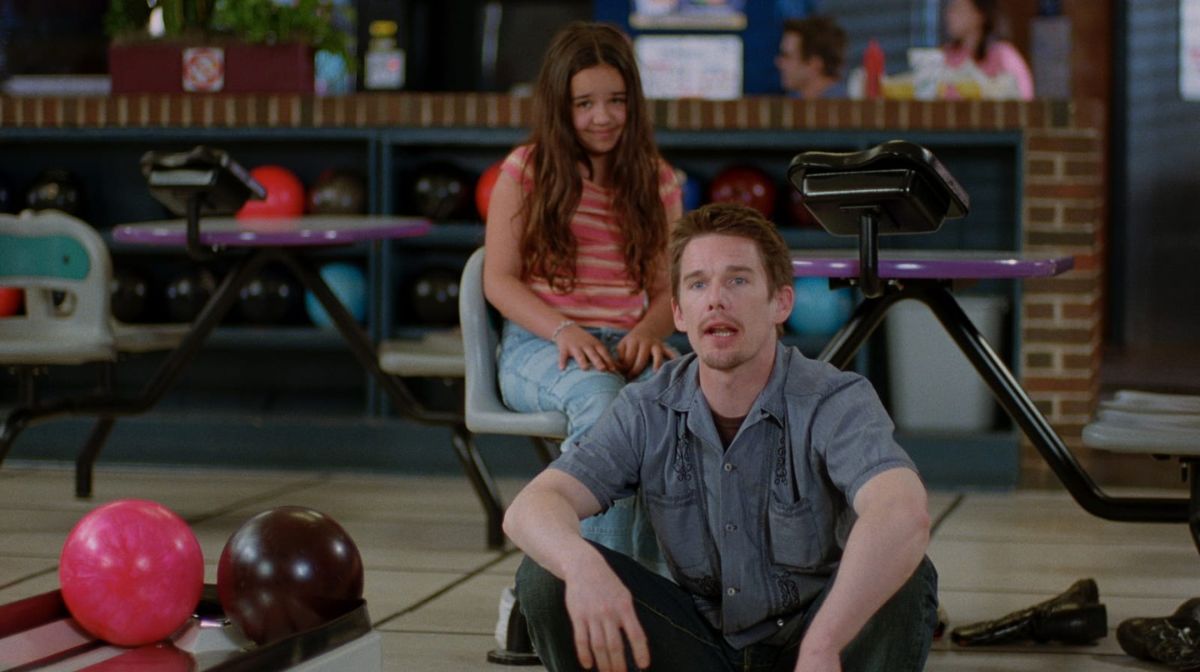
Breaking down the production of the film to 39 days of shooting time per period across twelve years, Linklater's process is still unprecedented even nine years since its release. All captured on the same 35mm, the ability to witness faces, jawlines, haircuts, fashion and facial hair changing consistently is a cinematic wonder which never tires.
Although documentaries have occupied a space capturing time over a lengthy period, such as Koyaanisqatsi, the inherent nature of time passing still yields an evocative quality, one that is deeply absorbing in its timelessness, yet so clearly placed within a unique moment of modern American life.

Although Boyhood is a unique feat of its own, Linklater’s obsession with the inexorable passage of time is omnipresent. He has recently commenced on a newly created project, Merrily We Roll Along, an adaptation on the 1981 Stephen Sondheim musical of the same name (which is also based on the 1934 play from George S. Kaufman and Moss Hart).
Following a Broadway composer over twenty years, the feature is conjoined to Boyhood even before its release in 2042. Just as the flow of life, ageing, growth and discovery dictate, Linklater’s worlds continue to offer intricate insights into the beauty of individual quiet moments: life in all of its rich tapestry.
Shop our Arrow Video collection.
For all things pop culture, follow us on Facebook, Instagram, Twitter and TikTok.

